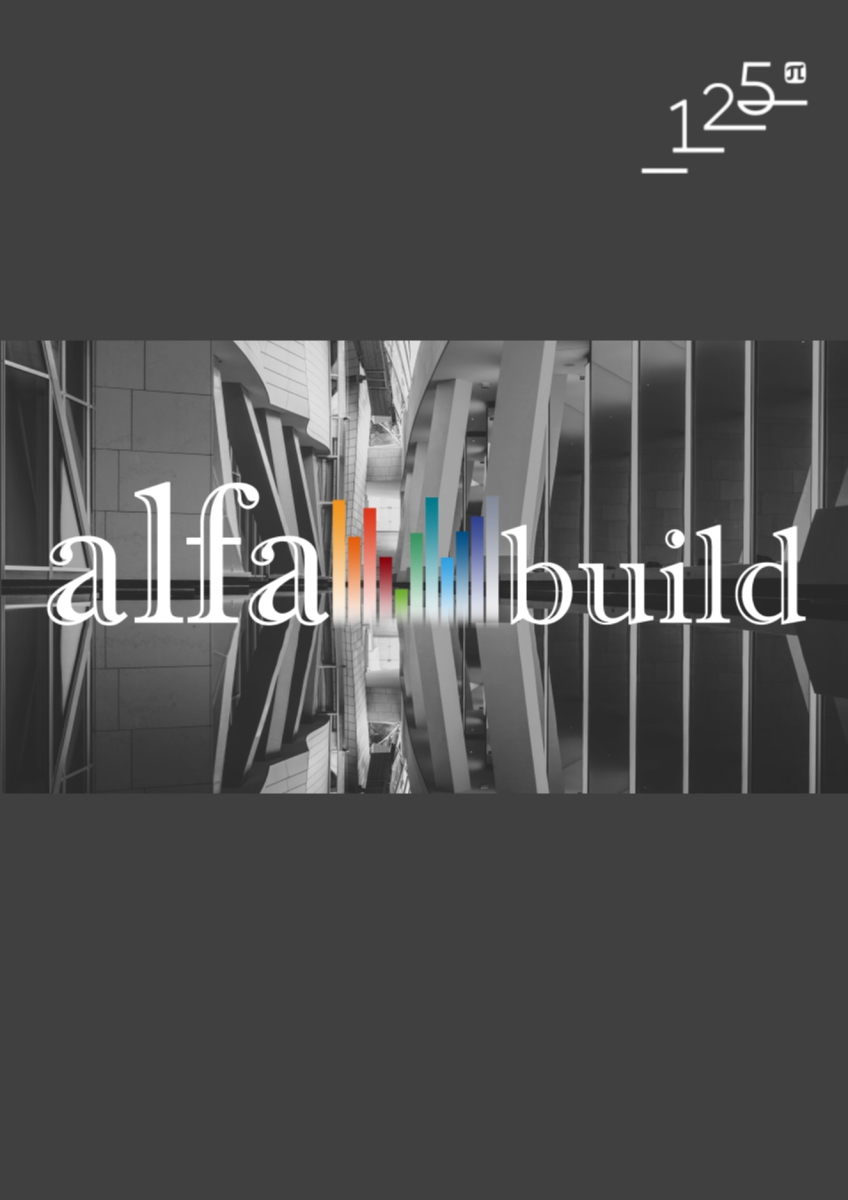Improving methods of temperature and humidity calculation in enclosing structures
Widespread implementation of enclosing structures with high thermal properties into modern construction entails the need to assess their humidity regime. Theoretical bases and methods of temperature-humidity calculation in enclosing structures are reflected in numerous domestic and foreign publications. However, data systematization on mathematical models of moisture transfer is currently not available, which makes it urgent to determine development vector of the theory and methods of moisture transfer calculation in enclosing structures. The purpose of the study is analytical review of the current focus of work in the field of methodology of temperature-humidity conditions in enclosing structures in Russia and abroad. General scientific methods of historical retrospective and comparative analysis were being used. Archival scientific sources and documents from 1925 to 2019 have been studied. The search and selection of relevant literature on the bases of effective criteria for selection of sources was carried out. The thematic analysis of calculation methods in terms of physical processes of moisture movement, potentials and transport equations was undertaken. The advantages of moisture transfer mathematical models based on the theory of moisture potential are shown. Application of the theory of moisture potential can greatly simplify the mathematical model of moisture transfer and expand the scope of application of the model on excess sorption humidity area of materials’ moisture in enclosing structures. It is established that methods of calculating temperature-humidity regime in enclosing structures are widely used in international practice for solving specific applied tasks of construction thermal physics, but a comprehensive theory of moisture transfer in enclosing structures has not yet been developed. The study has proved that the development of the theory and methods of temperature-humidity calculation in enclosing structures is relevant and promising.



